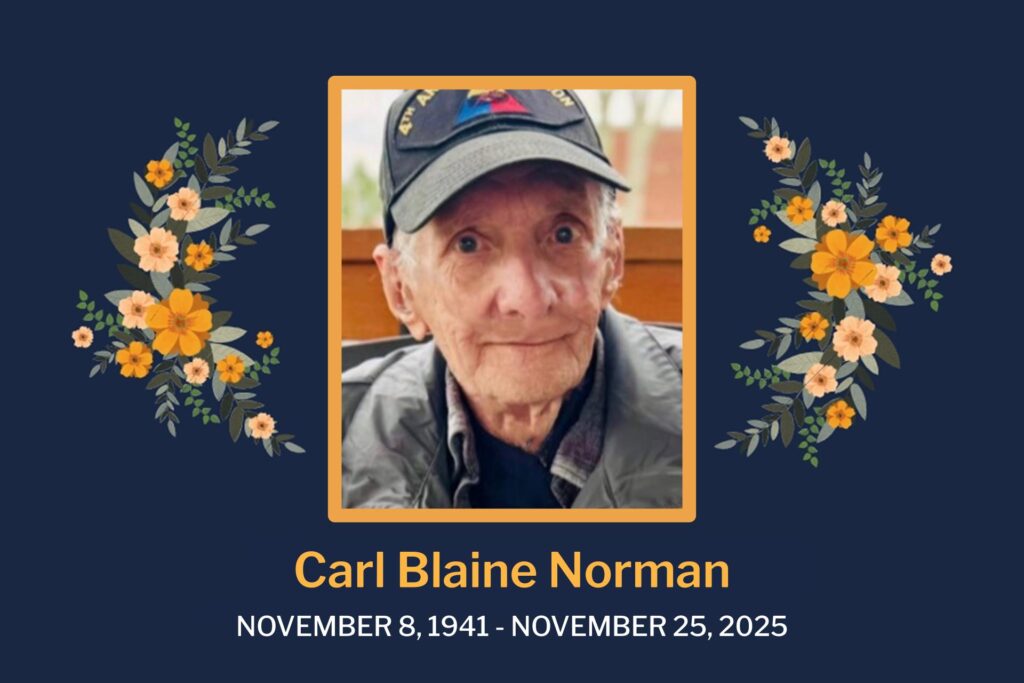The whooping cough vaccine for babies and young kids—called “DTaP”—came to the United States in 1996. That year, people were still using dial-up internet connections to look up Spice Girls lyrics on Ask Jeeves.
A lot of things have changed since then, but the whooping cough vaccine isn’t one of them. West Virginia University researchers Allison Wolf and Dylan Boehm want to reboot it.
Using animal models, they investigated whether an update of DTaP could strengthen the immune system’s attack on Bordetella pertussis, the bacteria that causes whooping cough. They also explored whether a vaccine “nose spray” measured up to a conventional injection. Their results, published in npj Vaccines, are promising.
Booster shots aren’t forever
Whooping cough—or pertussis—is a serious respiratory infection that causes violent coughing fits, and is particularly life-threatening for infants and young children. That’s why the Centers for Disease Control and Prevention recommends that babies receive their first dose of DTaP when they’re 2 months old. The CDC recommends a boost of Tdap—a different version of the vaccine—when children turn 11.
Although DTaP causes fewer side effects than an even older version of the whooping -cough vaccine did, it also wears off faster. That means booster shots have to be more frequent. But not everyone who’s due for a booster shot gets one on schedule, or at all.
“There is evidence that new strains of pertussis are emerging, and these strains do not have components of our current vaccine,” said Wolf, a postdoctoral fellow in the WVU School of Medicine’s Department of Microbiology, Immunology and Cell Biology. “That might play a partial role in the reemergence of pertussis in the United States and around the world.”
“When thinking about the next generation of the vaccine, we wanted something that would better mimic the way the natural infection elicits an immune response,” said Boehm, a former doctoral student in the School of Medicine and now a postdoctoral fellow at Oregon Health and Sciences University.
Breathing new life into an old vaccine
To find a way around these problems, Wolf and Boehm explored an unconventional way to administer DTaP: a nose spray. After all, as Boehm said, “that’s how you would encounter the bacteria in its normal infectious route.” Someone would cough, and you’d inhale the germs they released into the air.
They also tested a variation of DTaP that included a new adjuvant. Adjuvants are vaccine ingredients that enhance how your immune system responds to a bacteria or virus.
The adjuvant they used—called “curdlan”—caused the vaccine to linger in the nose. Even 12 hours after the vaccine had been sprayed, the researchers could still detect it there. In contrast, the vaccine that included the typical adjuvant almost disappeared from the nose between the 6- and 12-hour marks, making an earlier journey to the lungs.
“The symptoms of the disease are caused by toxins released by the bacteria, which actually block our body’s ability to fight off the infection,” Boehm said. “Our idea was, can you generate an immune response specifically at that spot where our bodies first encounter the bacteria, prior to establishment of the infection deeper in our respiratory tract? Then we have a chance to block the toxins before their effects have spread throughout our body.”
After vaccinating the animal models, the researchers exposed them to B. pertussis and assessed how their immune systems responded. Three days after infection by the bacteria, the animals that had received the nose spray cleared more than 99 percent of the bacteria from their lungs, regardless of whether the vaccine included the new or old adjuvant. That clearance rate is similar to what the intramuscular injection induced.
Another key finding: models that received the nose spray mobilized more immune cells in their mucus to battle the infection than their counterparts did.
“Whenever you have snot—or mucus—that is your body’s way of bringing these cells to the infection in your airway,” Boehm said. “In that mucus, you’re going to have white blood cells that will be a first line defense, alerting your body that something is wrong. These cells will release signaling molecules known as cytokines, which we can think of as a set of instructions that get passed along through the different compartments of our immune system.
“By vaccinating through the nose, we can establish a site in the airway that is able to recognize the bacteria earlier than a typical vaccine would. This means that a better set of ‘instructions’ would be released by those first cells that encounter the bacteria—instructions specific to a whooping cough infection in our respiratory system.”
Annoying to adults, dangerous to babies
The next question is, “Hhow long will this protection last?” That’s the topic of a project Wolf is leading. About six months ago, she vaccinated animal models against whooping cough in a variety of ways, including as a nose spray and with the curdlan adjuvant. Now she’ll expose the models to B. pertussis and see how well they fend it off.
“Eleven-year-olds are required to get a Tdap, but adults aren’t required to until they get a booster for tetanus or they’re pregnant,” said Heath Damron, who directs WVU’s Vaccine Development Center. “Only about a quarter of adults get a boost.”
And even if they do, they might not have as much protection as they think.
“There’s some evidence that suggests—especially for certain people—your protection as an adult can drop by as much as 30 percent one-year post-vaccination,” Wolf said.
“We have a population of adolescents and adults who are passing Bordetella pertussis around like a common cold, and it becomes really dangerous to infants,” said Damron. “Hopefully this vaccine would improve that immunity and decrease this constant transmission from person to person. Less transmission among adults reduces the risk to infants and young children.”
Research reported in this publication was supported by the National Institutes of Allergy and Infectious Diseases of the National Institutes of Health, under Award Number 1R01AI137155-01A1, and by the West Virginia University Vaccine Development Center (VDC). The VDC is funded by the West Virginia Higher Education Policy Committee Research Challenge Fund, under Award Number HEPC.dsr.18.6, to support the mission of building a center to leverage resources, support research projects, facilitate training for the next generation of scientists and physicians and foster industry partnership on vaccine research in West Virginia. The content is solely the responsibility of the authors and does not necessarily represent the official views of NIH, WVU or the VDC.














